Templo Bongjeongsa (봉정사) [Patrimonio de la Humanidad de la Unesco]
14.0Km 3007 2023-05-23
Bongjeongsa-gil 222, Seohu-myeon, Andong-si, Gyeongsangbuk-do.
Edificado en el 12º año del reinado de Munmu de Silla, es una de las construcciones de madera más antigua del país. La zona en donde se encuentra ubicada el templo posee un ambiente natural puro, es decir, la condición ideal para proteger la salud. Además, a diferencia de otros templos que se van remodelando y adaptan un estilo más contemporáneo, el templo Bongjeongsa sigue conservando la tradición budista de la antigüedad en lo alto de la montaña. Este templo fue fundado por el monje Neungin en el año 672, durante el reino de Silla.
Jeongjae Head House [Korea Quality] / 정재종택 [한국관광 품질인증]
14.4Km 7775 2023-04-13
경상북도 안동시 임동면 경동로 2661-8
+82-10-8590-0625
Boasting more than 300 years of tradition, Jeongjae Traditional House is the head house of Ryu Chi-myeong (pen-name: Jeongjae), who inherited the study of Togye Yi Hwang (1501-1570), one of the two most prominent Korean Confucian scholars of Joseon. The old house features the characteristic construction elements of a Joseon hanok, including the stylobate, wooden pillars, toenmaru (the narrow wooden porch running along the outside of the building), tiled roof, and other structures, and commands an open view of Imha Lake. The house was originally built by Ryu Gwan-hyeon, the great-great-grandfather of Ryu Chi-myeong, in 1735 (the 11th year of the reign of King Yeongjo of Joseon) in the village of Handeul in Imdong-myeon, Andong-si, Gyeongsangbuk-do, but it was relocated to the foot of Guamsan Mountain in 1987 when Imha Dam was built and the surrounding area was submerged as a result. The house consists of the daemunchae (gate building), jeongchim (a ‘ㅁ’-shaped house with a tiled roof), haengnangchae (servants’ quarters), a shrine, and a pavilion. The sarangchae (men’s quarters) is clearly visible, while the anchae (women’s quarters) is concealed within the house. The sarangchae has a sarangmaru (wooden floor), a large sarangbang room, a small sarangbang room, and there is a small maru between the two rooms. The buildings of the sarangchae and anchae are clearly divided into segregated spaces for men and women according to Confucian tradition. The anchae has a daecheongmaru (large wooden floor) in the middle; a main room, kitchen, and toilet on the right; and a numaru (upper floor) and sangbang (upper room) on the left. The small side door of the main gate links to the door by which to enter the anchae, which has a small vegetable garden. Manujeong Pavilion (Gyeongsangbuk-do Cultural Heritage Material No. 37) is a half-hipped roof building with single-layered eaves located on the left side of the house outside the main gate. It is the place where Ryu Chi-myeong used to teach his students, and consists of a large maru and a guest room. The pavilion is also surrounded by the beautiful scenery of Imha Lake, mountains, and chestnut trees. Jeongjae Traditional House provides two special experience programs: Making Songhwaju, which is the Ryu family’s home-brewed liquor (15 to 18 degrees) made with rice, glutinous rice, yeast, pine needles, and chrysanthemums, led by the owner’s wife (Intangible Cultural Asset No. 20); and Making Tarak, which is a fermented milk drink that has been made by the Ryu’s family for some 500 years. As the recipe for making Tarak is relatively simple, and uses yeast that is usually used to make raw rice wine like Makgeolli, people can easily make it at home. The house also runs a traditional music program designed to show participants how to play the gayageum (Korean zither with twelve strings) and sing Korean folk songs, and stages small concerts.
Imhaho Gisa Sikdang(임하호기사님식당)
14.8Km 194 2021-04-09
8, Seonchakjang-gil, Andong-si, Gyeongsangbuk-do
+82-54-822-4929
There are a variety of side dishes, so you can enjoy different foods. This Korean dishes restaurant is located in Andong-si, Gyeongsangbuk-do. The representative menu is kimchi stew.
Suaedang [Korea Quality] / 안동 수애당 [한국관광 품질인증]
15.0Km 71641 2023-04-13
1714-11, Sugogyonggye-ro Imdong-myeon, Andong-si, Gyeongsangbuk-do
+82-54-822-6661
'Suaedang Traditional House was built by Ryu Jin-geol, also known by his pen-name of Suae, in 1939. This hanok-style house consists of three buildings that measure 29-kan (a traditional measurement that corresponds to the space between two columns) in total.
The main room, or jeongchim (7-kan at front and 2-kan at sides), has a half-hipped roof, and forms a‘ㄱ’-shape with the storeroom (10-kan at front), which also has a half-hipped roof. Originally located at 612 Sugok-dong, Andong-si, the house was relocated from a slight slope to a flat piece of land due to the construction of Imha Dam in 1987. Consequently, the Jeongchim was rebuilt at a lower level than before.
The Suaedang was renovated by modernizing the old-style facilities including the kitchen, toilets, and washroom without changing their external features, while the rooms and daecheongmaru (main floored room) were decorated with red clay and natural paint. Suaedang, with its beautiful panoramic view of the lake, was designated as Gyeongsangbuk-do Cultural Property No. 56.
Seohae Sikdang (서해식당)
15.1Km 101 2021-03-26
4248, Gyeongseo-ro, Andong-si, Gyeongsangbuk-do
+82-54-842-1644
This is a place where soy sauce-marinated blue crabs are made using domestic blue crabs. This Korean dishes restaurant is located in Andong-si, Gyeongsangbuk-do. The most famous menu is soy sauce marinated crab set menu.
Ijo Sigyuk Sikdang (이조식육식당)
16.1Km 19 2021-03-24
5, Jangteojungang-gil, Andong-si, Gyeongsangbuk-do
+82-54-858-6681
It is a place where you can enjoy Korean traditional beef bulgogi. This Korean dishes restaurant is located in Andong-si, Gyeongsangbuk-do. The most famous menu is grilled beef ribs.
Geon Won (전원)
16.1Km 41 2021-03-24
23-6, Angyojeolgol-gil, Andong-si, Gyeongsangbuk-do
+82-54-858-4732
This is a place that sells duck meat and stew. This Korean dishes restaurant is located in Andong-si, Gyeongsangbuk-do. The representative menu is chicken and seafood soup.
Suseong Sikdang (수성식당)
16.3Km 51 2021-03-24
3, Jangteo, 2-gil, Andong-si, Gyeongsangbuk-do
+82-54-858-3108
It is a place where the soup is clean without any greasy feeling. This Korean dishes restaurant is located in Andong-si, Gyeongsangbuk-do. The representative menu is spicy chicken soup.
Daemyeong Sikdang (대명식당)
16.4Km 122 2021-04-05
17, Eoranan-gil, Andong-si, Gyeongsangbuk-do
+82-54-853-5255
It is a place where you can enjoy various Korean side dishes. The best menu at this restaurant is homemade-style set menu. This Korean dishes restaurant is located in Andong-si, Gyeongsangbuk-do.
Naegohyang Sikdang (내고향식당)
16.4Km 96 2021-03-26
15, Eoranan-gil, Andong-si, Gyeongsangbuk-do
+82-54-853-8631
This is a place where you can enjoy Andong Jjimdak, the representative dish of Andong. This restaurant's signature menu is braised chicken. This Korean dishes restaurant is located in Andong-si, Gyeongsangbuk-do.
![Templo Bongjeongsa (봉정사) [Patrimonio de la Humanidad de la Unesco]](http://tong.visitkorea.or.kr/cms/resource/16/2654216_image2_1.jpg)
![Jeongjae Head House [Korea Quality] / 정재종택 [한국관광 품질인증]](http://tong.visitkorea.or.kr/cms/resource/96/2579496_image2_1.jpg)
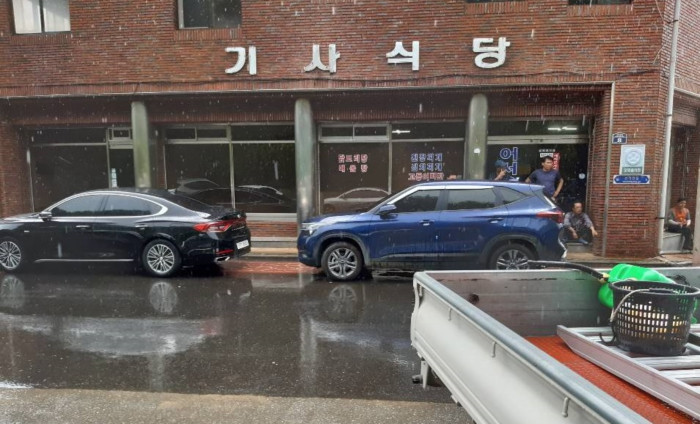
![Suaedang [Korea Quality] / 안동 수애당 [한국관광 품질인증]](http://tong.visitkorea.or.kr/cms/resource/88/2528888_image2_1.jpg)
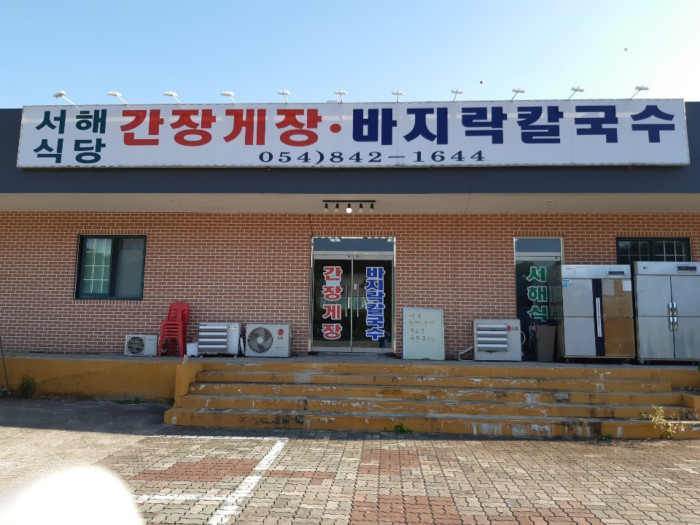
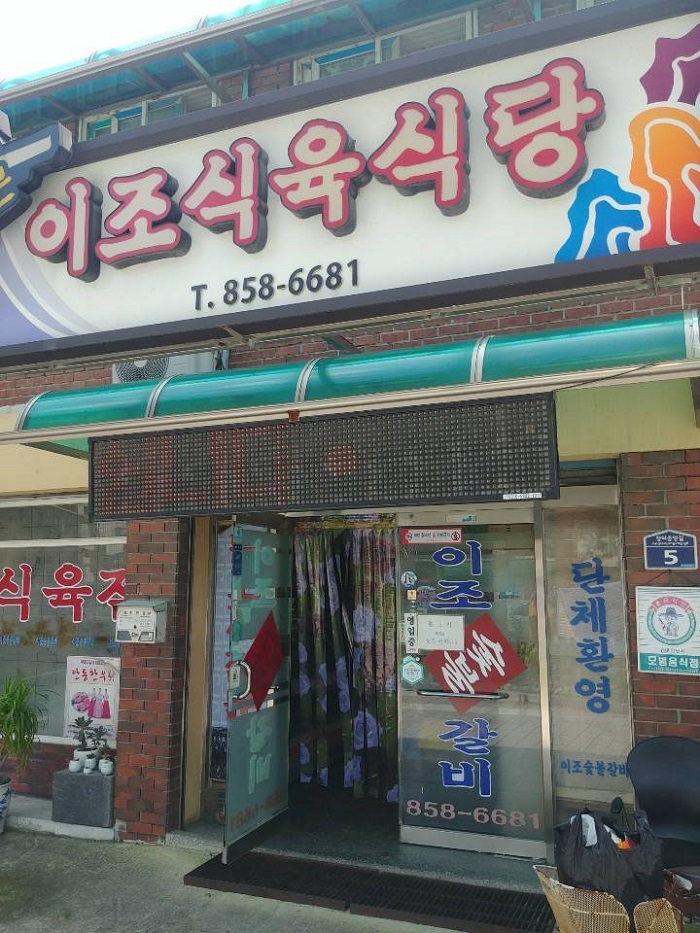
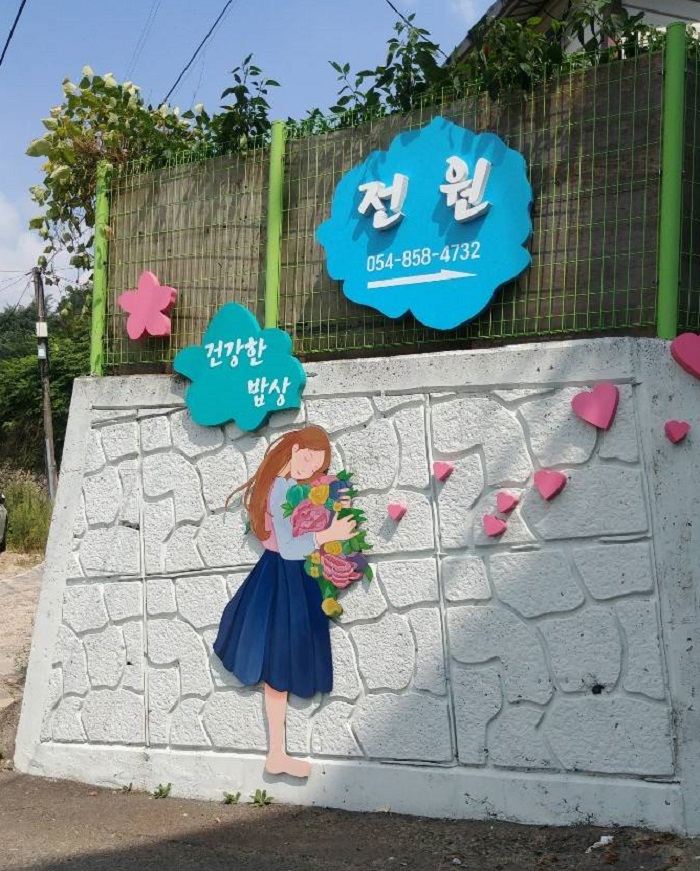
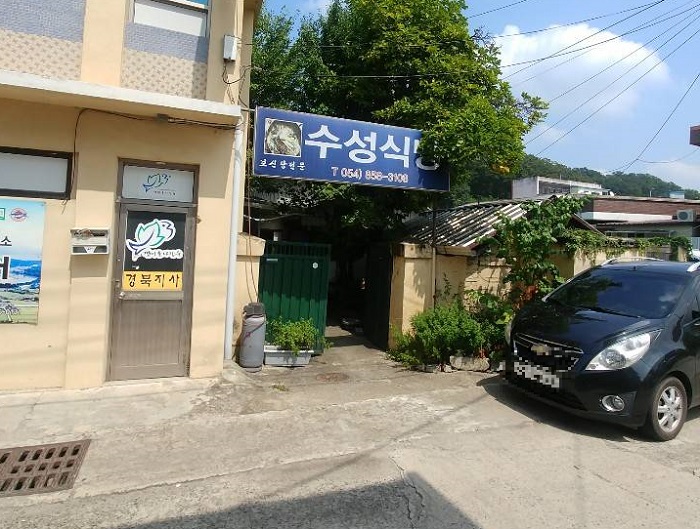
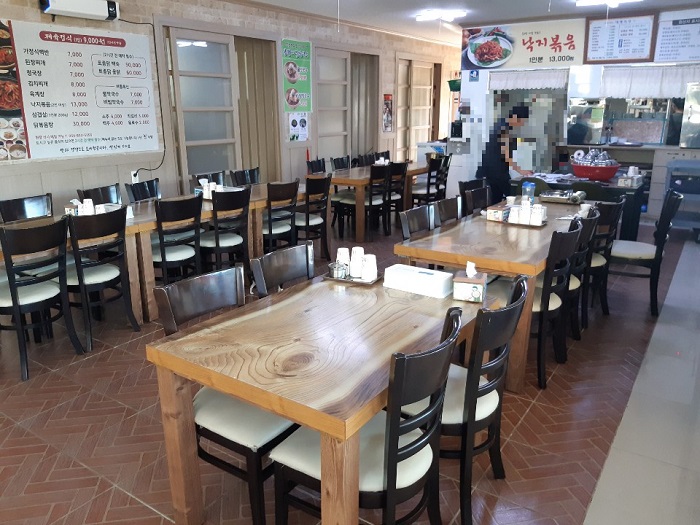
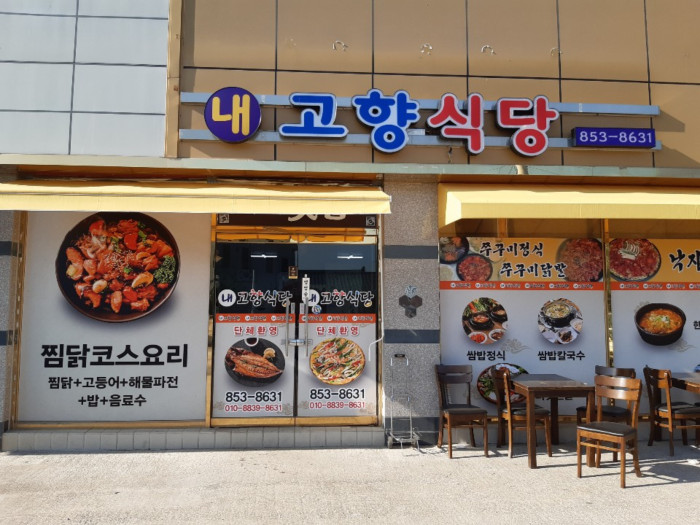
 Español
Español
 한국어
한국어 English
English 日本語
日本語 中文(简体)
中文(简体) Deutsch
Deutsch Français
Français Русский
Русский